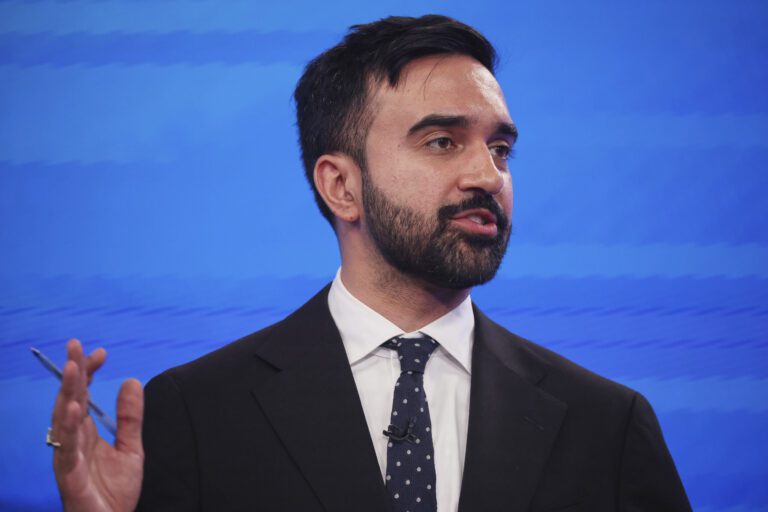Zohran Mamdani’s Ambitious Gender-Transition Plan: A Bold Move for New York City
Overview of the Proposal
Zohran Mamdani, the Democratic Socialist candidate for New York City’s mayor, is advocating for the allocation of $65 million in taxpayer funds to support medical gender-transition treatments for residents, including minors. This proposal comes amid ongoing attempts to restrict such treatments on a national level, specifically from the Trump administration and Congressional Republicans. The aim is to safeguard access to these essential services, particularly in a city that is often seen as a progressive stronghold.
The Cultural Context
The debate surrounding gender-affirming care is reaching a critical point, becoming a lightning rod in the broader culture wars. Treatments such as puberty blockers, cross-sex hormones, and gender-transition surgeries have faced increasing scrutiny. Mamdani’s stance resonates with many progressives who view access to these services as a fundamental right.
The Mayoral Race
At 33, Mamdani from Queens is emerging as a formidable challenger in the Democratic primary against 67-year-old Andrew Cuomo. Political analysts suggest that this election could serve as an indicator of the far-left’s strength during the second Trump administration. With a growing base among young, progressive voters, Mamdani’s proposal may help him close the gap with Cuomo, who has not publicly embraced similar initiatives.
“It is not only the law in New York for people of all ages to be able to access gender-affirming care easily and safely, but it is our moral obligation,” Mamdani stated in a recent candidate survey.
Implications of the Proposal
Mamdani’s proposal details how the requested funds would be divided:
- $57 million directed to public hospitals, community clinics, and nonprofit organizations.
- $8 million aimed at developing telehealth services and establishing support hubs for patients.
This funding would bolster New York City’s commitment to being a sanctuary for transgender individuals, providing crucial support amidst increasing opposition.
Legal and Political Landscape
The Trump administration’s efforts to limit access to gender-transition treatments have escalated, creating a challenging environment for healthcare providers. Even in liberal strongholds like New York City, there is concern about the future of gender-affirming care. For instance, the Children’s Hospital of Los Angeles recently announced the closure of its pediatric gender clinic due to financial pressures from federal funding threats.
Public Response and Support
Advocates for transgender rights are largely supportive of Mamdani’s stance. Joseph Jourdan, president of the Lambda Independent Democrats of Brooklyn, emphasized the need for reliable defenders of funding for gender-care services, noting that Cuomo’s track record raises doubts.
“We’re going to need people that we know will fight really hard in court to protect that funding,” Jourdan stated.
Counterarguments and Critiques
Critics, including policy analysts from conservative think tanks like The Manhattan Institute, argue against public funding for gender-transition treatments, describing the claims of necessity as highly contested. They highlight the insufficient research backing pediatric gender medicine.
Moreover, the recent ruling by the Supreme Court endorses bans on gender-transition treatments for minors in over 20 states, which could also influence New York’s policies.
The Future of Gender-Affirming Care in NYC
Despite potential obstacles, Mamdani’s proposal positions New York City as a sanctuary for transgender youth, advocating for medically necessary care during turbulent political times.
Conclusion
As the Democratic primary unfolds, Zohran Mamdani’s bold proposition could redefine the dynamics of gender-affirming care in New York City, resonating with an increasingly progressive base. His potential victory may signal a renewed commitment to LGBTQ rights amid rising challenges nationwide.
For more information about gender-affirming care and its implications, you can visit the American Medical Association.


